Most of us are very familiar with the honey bee Apis Mellifera: they are regular visitors to every garden and their pollinating skills have made them a vital part of commercial food production world-wide.
 Honey Bee at Work
Honey Bee at Work
But this species is not a native to Australia, even though feral hives have become very common and, in some cases, problematic where they compete with other critters for nesting spaces.
Australian Native Bee Species
Fortunately, there is growing awareness of the amazing array of native bees in Australia, with around 2000 different species living here, coming in a wide range of sizes - 2 to 24mm – and with fascinating behaviours.

There are as many as 1000 species of native bees in Western Australia and some of these are happily going about their business in Perth’s bushland and gardens. This includes pollinating both locally endemic plant species as well as introduced plants such a greenhouse tomatoes and other food crops.

At our place in the Chittering Valley, we are blessed with lots of old marri trees, which are a favoured fodder source for some varieties of native bees.
So when the blossoms are covering the hills in February, it’s like a switch is turned on – there are native bees everywhere, vying for places to lay their eggs.
What are Solitary Native Bees?
Unlike the honey bee, the vast majority of Australian native bees are solitary. Only 11 species are social, that is, living together in hives.
Solitary bees don’t have a queen, workers or drones. Instead, females mate and then lay their eggs in nests they build specifically for that purpose.

Not surprisingly, these bees have adapted over thousands of years to survive in local conditions and habitats. Also not surprising, is that we humans have been steadily changing these conditions and destroying habitat. But all is not lost.
How to Attract Native Bees to your Garden
As permaculture designers and gardeners, we are interested in building biodiverse systems that integrate multiple functions such as habitat for wildlife and food production.
Native bees are a critical element in such a system. And the good thing is that bringing native bees into these systems is easy to do, beautiful and rewarding in so many ways.
The first step is to provide food in the form of nectar and pollen. There is a wide range of plants that are easy to source and to grow in our gardens.
This information is taken from local bee expert Kit Prendergast’s booklet, Bee Hotels of Australian Bees, who says that native bees are especially attracted to the flowers of the Myrtaceae family and the native pea plants of the Fabaceae family.

Coral-Pea Hardenbergia violaceae image by Rudie Kuiter.
Native Flowers to Attract Native Bees
Native peas: Gompholobium asristatum, Hardenbergia comptoniana, Hardenbergia violaceae, Jacksonia gracilima, Jacksonia floribunda, Daviesia divicarta.
Myrtaceae: Eucalyptus marginata, Corymbia callophyla, Corymbia ficifolia, Melaleuca huegelii, Melaleuca lanceolate, Callistemon viminalis, Callistemon salignus, verticordia.
Many other plants such as eremophila, westringia, banksia, grevillea and hakeas… and weeds and vegetables provide forage opportunities for native bees.
Nesting Places for Bees
The next step is to provide nesting places, and this can be both natural and artificial:
Many solitary native bees nest in above ground cavities which may be found naturally in spaces such as holes left by other boring insects, in hollows in the stems of Lantana plants or grass tree scapes… and even in disused mud-dauber wasp cells.
They are also happy to nest in hollows that we create in bamboo canes and holes drilled into wood blocks. This has led to a wonderful industry – both commercial and domestic as people try their skills at creating great looking bee and insect hotels.

Urban Revolution stocks purpose made bee and insect hotels, and these are a good way to get started in the business of attracting bees to the garden. After that, the possibilities are limited only by your imagination…. And some ground rules about what seems to work best for bees:
Native Bee Nesting Hole Dimensions
The diameter of the nesting hole greatly influences which species you may attract. There is huge variation in bee body size so it pays to have holes from 3mm to 12 mm. Holes should be at least 50mm deep and up to 100-200mm. Note that it is easier to get long shaft drill bits at larger diameters.
Where to Place Bee Hotels
In placing your bee hotel in your garden it’s important to know that bees like sunny aspects but not in a place where it will get excessively hot as this can kill the larvae. The nest should be at least one metre off the ground – ours do well from about 1.5m to 2m.

Nesting holes for bees have been drilled into the top of this arbor

Nesting places for bees are all the way up this totem
And while you don’t want to place them where they will get disturbed by too much human traffic, it is nice to have at least some insect hotels in places where you will see them. We position some bee hotels outside our kitchen window and it is spellbinding to watch all the activity in summer when several species vie for lodgings.

Bug hotels propped on this old tree stump

Cavities for bees to nest can be drilled out of limestone
When the Marri trees are in blossom, a mad rush starts. As the hotels fill I make new ones, place them in the garden and then wait as little as 120 seconds before new bees come to investigate and assess whether my handiwork is up to their standards.


Bees also need plant material to use in their nesting cells. Leaves and other materials are used to line, partition and cap their nests. At our place we find rose leaves and bougainvillea leaves are the most favoured, evidenced by the many leaves with disc-shaped cuttings taken from them. But you have to be quick to see it – they move like lightning.

The two main bee species which will occupy bee hotels are Hylaeus bees (Masked bees) and Megachile bees (the Leafcutter and Resin bees). The Leafcutter image below is by Peter 0.


Leaf Cutter Native Bee Cutting a Leaf
We also have the beautiful Blue Banded Bees which are happier nesting in sandy clay. So you can leave some bare areas of soil in your garden or make up some nests like the ones pictured.
Once you get started with native bees, it’s amazing how quickly you zone in to the garden at a different scale. You notice all sorts of insects and other critters investigating your hotels and the flowers.
Enjoy watching the bustle.
Common Native Bee Questions
Do native bees sting?
Yes. There are species of stingless bees which the tiny hive-building bees which generally live in northern sub-tropical areas of Australia. The females of other native bee species can sting multiple times but they are not aggressive and generally too small to deliver an effective sting. Still, just be nice.
Do native bees make honey?
The vast majority of native bees – the solitary bees – do not make honey. Instead, they deposit stores of nectar and pollen for their young. The eleven social stingless bee species, on the other hand, do create hives and make honey. For their use – not ours!
Native Bee References:
Australian Native Bees, AgGuide, A Practical Handbook. Department of Primary Industries, NSW 2016
Pike, D. A Little Bit about Perth’s Native Bees, in Wildflower Society of WA Newsletter November 2015
Prendergast, K. Bee Hotels for Australian Bees. Perth, Western Australia, 2017
[Rod Hughes has a Diploma of Permaculture, Permaculture Design Certificate and an Advanced Permaculture Design Certificate. His off-farm jobs include consulting for Urban Revolution, Farm Manager at Perth City Farm and running his permaculture design business, Leafcutter Permaculture.]
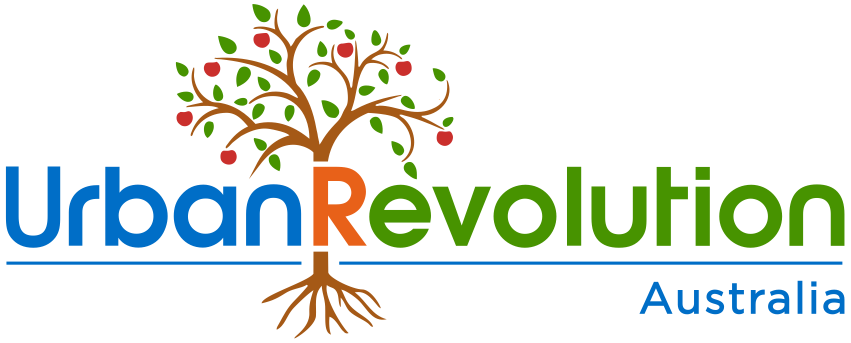
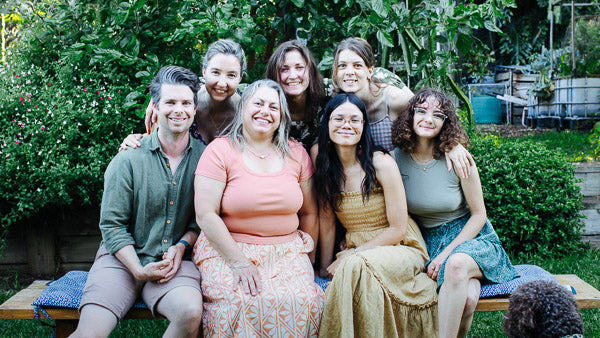
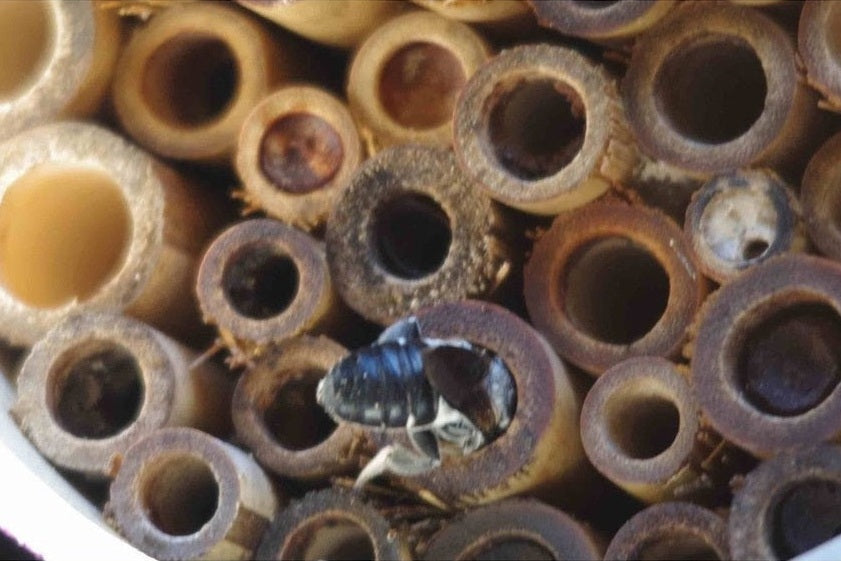
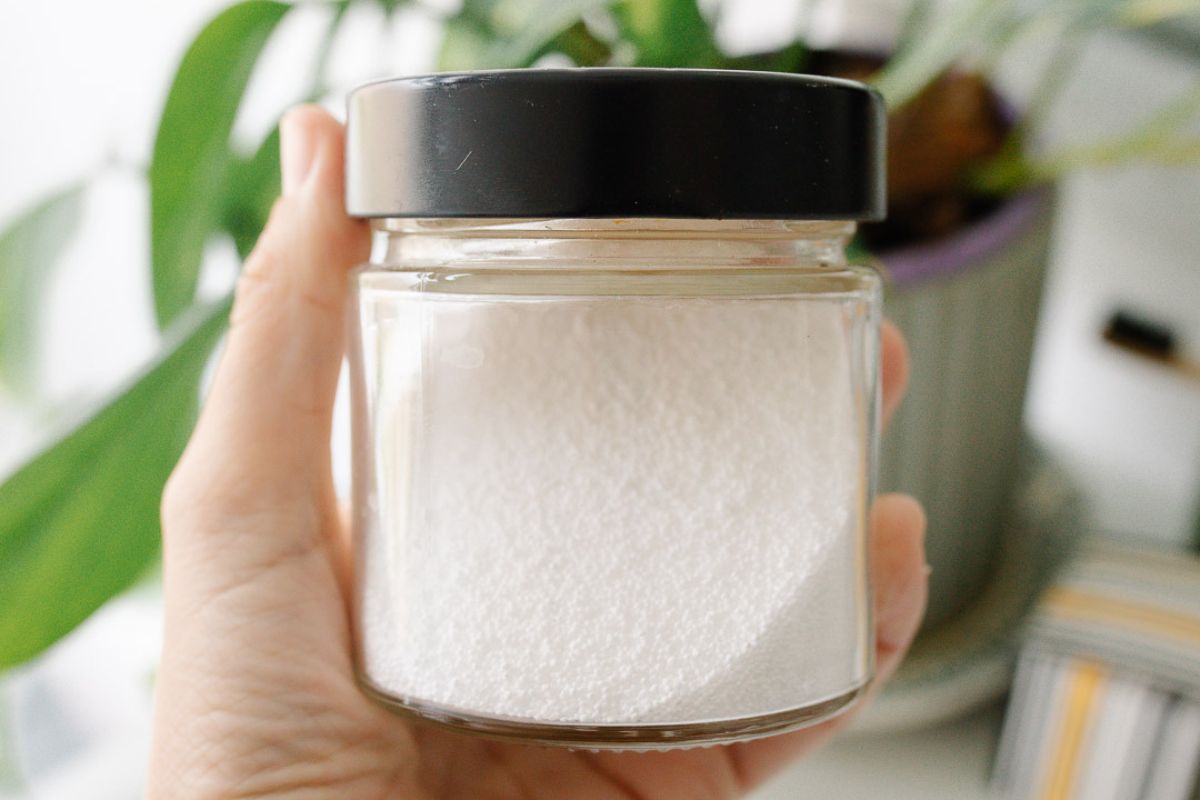
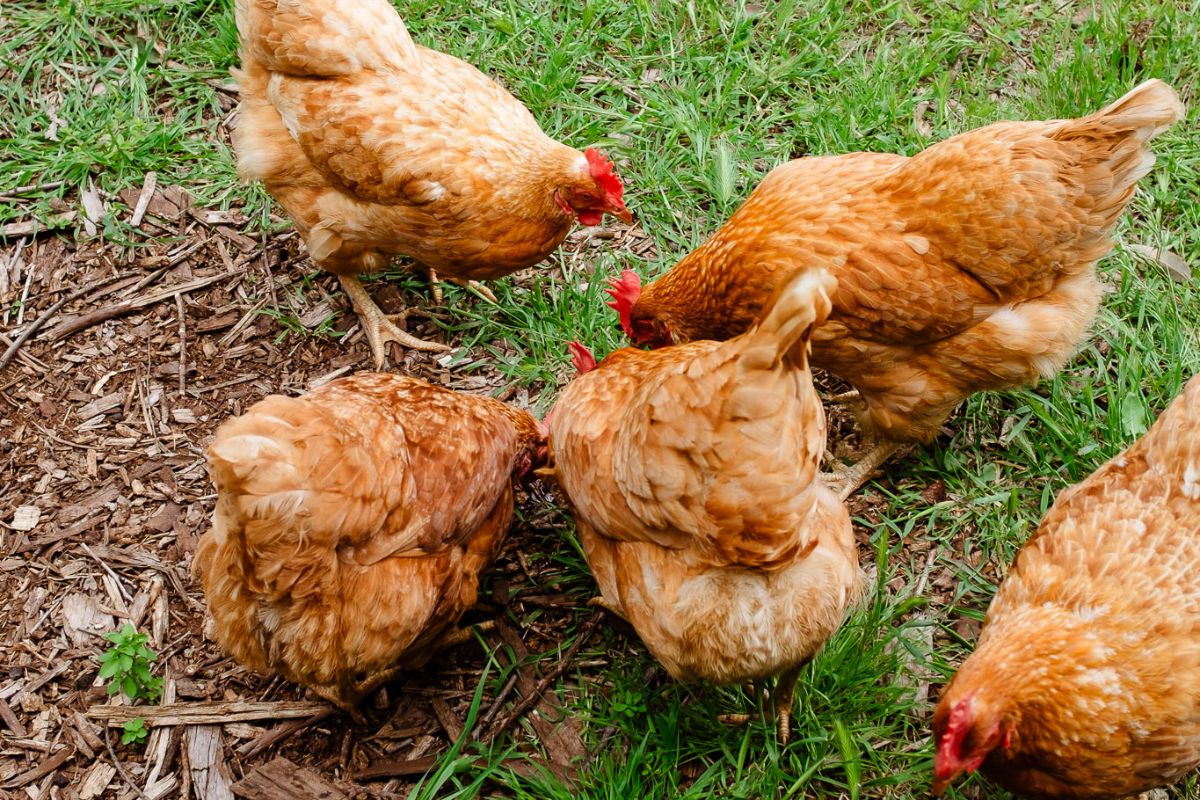
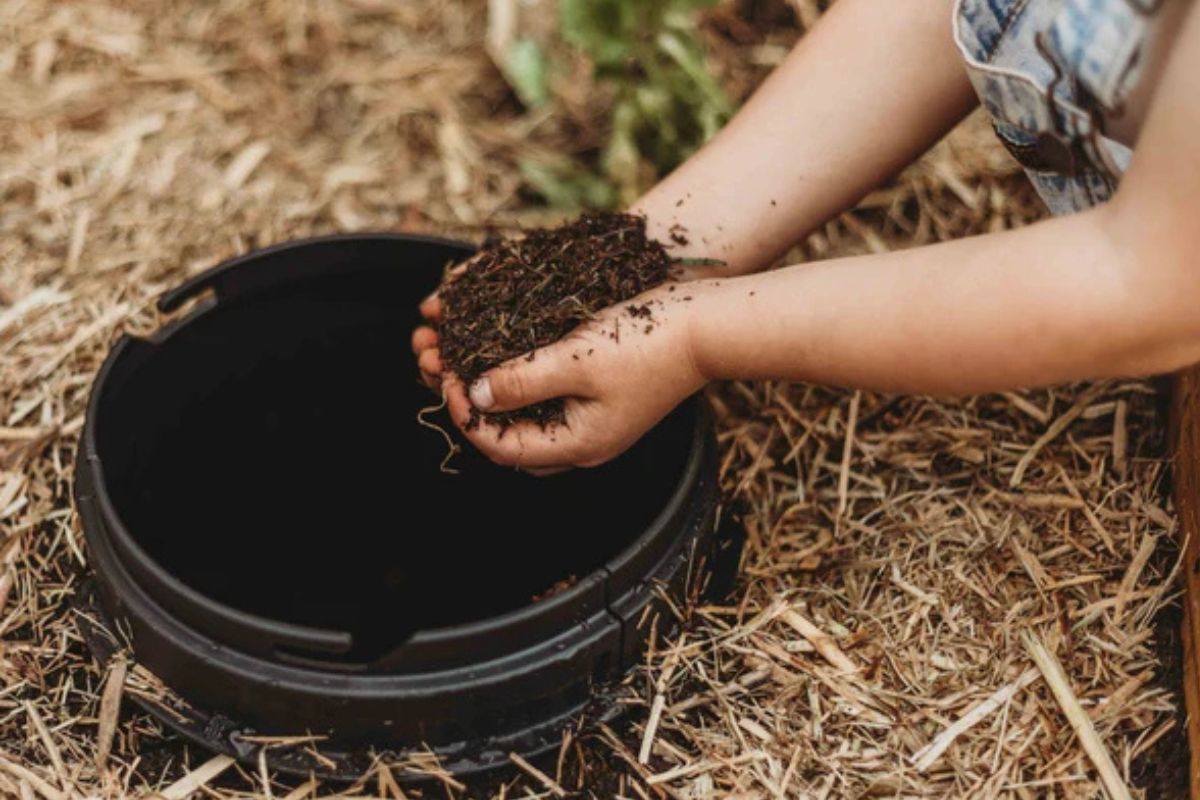
Leave a comment (all fields required)